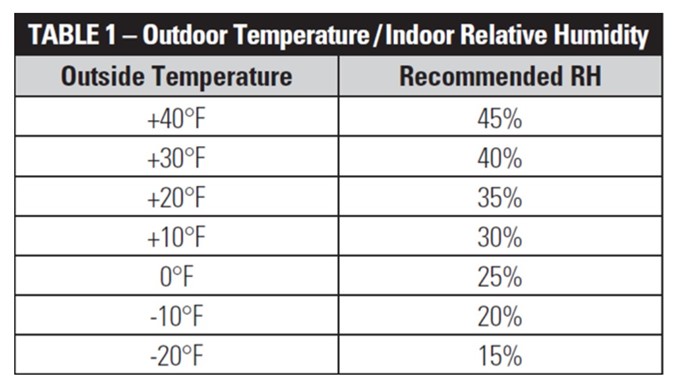Baby, it’s Cold Outside
- January 12, 2024
- By : Bickimer Homes
- Categories : Home Maintenance
- Comments : (0)
Baby, it’s Cold Outside!
While today’s homes are built much tighter and are more efficient than homes of years past, even the tightest homes have challenges when dealing with the extremes in weather that we encounter in the Midwest. Over the next few days and I’m sure during different periods over the next couple of months, we will be experiencing some extreme cold temperatures and wind chills that will require you to monitor your home more closely.
Extreme cold temperatures, combined with the lower humidity associated with them, will cause specific challenges for your home and its occupants. As a homeowner, it is up to you to monitor and maintain the continual fluctuating humidity level. Cold air has a lower capacity to hold moisture, and your heater tends to dry the air further. We therefore use a humidifier on your furnace to add moisture to the indoor air. This allows for our personal comfort and the wellbeing of the natural materials that our home is constructed from. As the temperature falls, it is important to note that your humidity settings must be lowered. If you don’t lower it, excess condensation will form on the interior of your windows and cold walls of your home and possibly form ice crystals. The recommended indoor humidity levels vary depending on the outside temperature. See the chart below:
*Source April Aire Company

When it is extremely cold, it is natural to want to close your blinds, shutters and curtains. This natural reaction will cut off air circulation to your windows and could enhance the excess condensation. Here are some relevant points that relate to the “Science” of your home.
- When it’s extremely cold outside, the temperature of the window glass drops. If the indoor air contains moisture (humidity), and the warm indoor air comes into contact with the cold window surface, the air near the window is cooled. (The reverse is true in the summer when we cool our house inside and it is warm and humid outside, the condensation occurs on the outside).
- The dew point is the temperature at which air becomes saturated with moisture, leading to the formation of dew or condensation. When warm, humid indoor air cools down near the cold window surface, it may reach its dew point, causing moisture to condense into water droplets.
- It is possible that ice can build up on the inside of your walls and windows in these arctic temperatures. It is not normal, but can occur on windows if excessive humidity is present inside the home (humidifier setting) and ventilation is not maintained (window blinds raised/open) so air can circulate.
What else can we do?
- Drip water and keep cabinets open that have plumbing in them. (Especially exterior walls.)
- Keep interior doors open to allow for proper circulation of air throughout the entire home.
- Make sure exterior hoses are disconnected.
- Make sure windows are fully closed AND fully secured and in a latched position. It is easy to think that you have them locked, when they are in fact not locked.
- In bathrooms, especially ones that share cold walls, you will notice wall sweating when introducing a hot steam shower. Be sure to run your bath fans continuously.
Even the best built homes with low HERS scores can have challenges during the extreme temperatures we are going to face. Locally our homes are designed to a specific climate zone by code. The temperatures we are going to be facing do exceed that climate zone temporarily and we will notice its effects. Think of taking a soda can out of your ice cold refrigerator and taking it outside in the summer. What happened? The soda can began to sweat. It is the science of hot and cold and humidity.
Monitoring and maintaining your home’s moisture content and air circulation will go a long way to battle the science of condensation during the upcoming cold snap.
